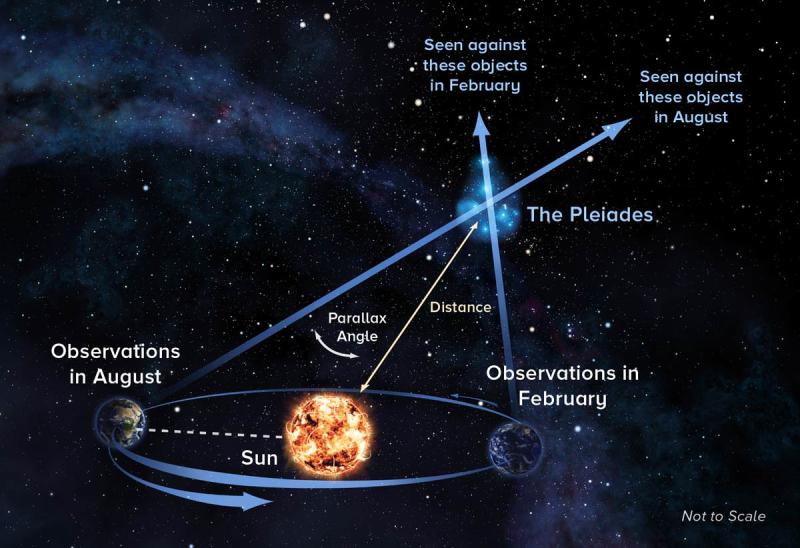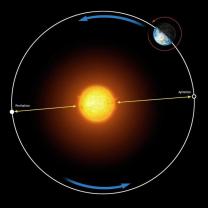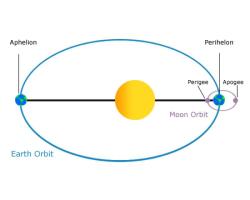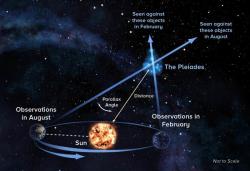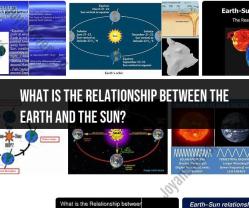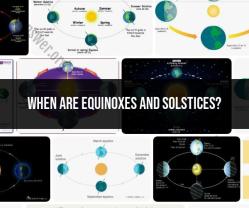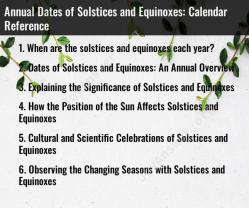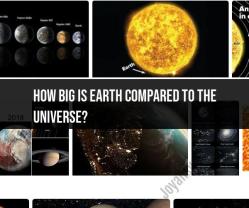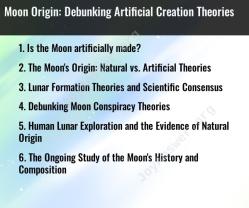Why is the earth moving closer to the Sun?
The Earth's distance from the Sun does not undergo significant changes in the short term due to the gravitational forces and the dynamics of the solar system. The Earth's orbit around the Sun is governed by the gravitational interaction between the Earth and the Sun, and this orbit is nearly elliptical in shape.
The primary factors influencing the Earth's distance from the Sun and its orbital dynamics are:
1. Conservation of Angular Momentum:
- As the Earth orbits the Sun, it follows a path determined by its initial angular momentum. According to the conservation of angular momentum, an object in motion will remain in motion unless acted upon by an external force. The Earth's initial angular momentum, combined with the gravitational force from the Sun, keeps it in a stable orbit.
2. Gravitational Forces:
- The gravitational force between the Earth and the Sun is the dominant force governing the Earth's orbit. This force is inversely proportional to the square of the distance between the Earth and the Sun, as described by Newton's law of universal gravitation. However, despite variations in this force due to the elliptical shape of the orbit, there are no mechanisms causing the Earth to consistently move closer to the Sun over short periods.
3. Conservation of Energy:
- The total energy of the Earth-Sun system is conserved. As the Earth moves in its orbit, the distribution of potential and kinetic energy varies, but the total energy remains constant. This conservation of energy helps maintain the stability of the Earth's orbit.
4. Gravitational Perturbations:
- While the gravitational forces from the Sun are the primary influence on Earth's orbit, there are gravitational perturbations from other celestial bodies (such as other planets). These perturbations can influence the shape and orientation of Earth's orbit but do not cause significant changes in its distance from the Sun over short timescales.
Conclusion:
In the short term, there is no natural process causing the Earth to move consistently closer to the Sun. The Earth's orbit is remarkably stable, and any variations are typically the result of complex gravitational interactions within the solar system. Over long geological timescales, the Earth's orbit can undergo cyclical variations known as Milankovitch cycles, but these are associated with changes in the Earth's axial tilt, eccentricity, and precession.
It's important to note that any suggestion of the Earth moving significantly closer to the Sun over a short period would be inconsistent with our understanding of celestial mechanics and would have severe consequences for the Earth's climate and habitability. There is currently no scientific evidence supporting the idea of such a drastic and rapid change in Earth's orbit.
What factors contribute to the Earth's perceived movement towards the Sun?
While the Earth doesn't actually "move towards the Sun," there are several factors that can contribute to the perception of movement:
1. Earth's Revolution: Earth's orbit around the Sun is not a perfect circle, but rather an elliptical path. This means the distance between Earth and the Sun varies throughout the year. As Earth reaches its closest point to the Sun (perihelion), which occurs around January 3rd, it appears to move closer. Conversely, at its farthest point (aphelion), around July 4th, it appears farther away.
2. Earth's Rotation: Earth rotates on its axis once every 24 hours, causing the Sun to appear to rise in the east and set in the west. This daily cycle creates the perception of the Sun moving around Earth, even though it's Earth that's rotating.
3. Seasonal Changes: Earth's tilt on its axis (approximately 23.5 degrees) causes the Sun's angle in the sky to change throughout the year. This results in the seasons and the varying lengths of days and nights. As the Sun's angle increases during summer, it appears higher in the sky, contributing to the perception of it being closer.
4. Astronomical Phenomena: Certain astronomical phenomena, such as the equinoxes and solstices, can also contribute to the perceived movement of the Sun. The equinoxes (around March 20th and September 22nd) mark the days when the Sun crosses the celestial equator, resulting in nearly equal day and night lengths. The solstices (around June 21st and December 21st) mark the days with the longest and shortest days, respectively, further highlighting the Sun's apparent movement across the sky.
5. Parallax effect: Standing on Earth, we observe the Sun against the backdrop of distant stars. As Earth orbits the Sun, our perspective changes, causing the Sun to appear to shift slightly relative to the background stars. This parallax effect is more noticeable when observing the Sun against constellations like Orion during winter and Scorpius during summer.
It's important to remember that these are all perceived movements from Earth's perspective. In reality, the Earth is in constant motion around the Sun, and the Sun itself is also moving through the Milky Way galaxy.
